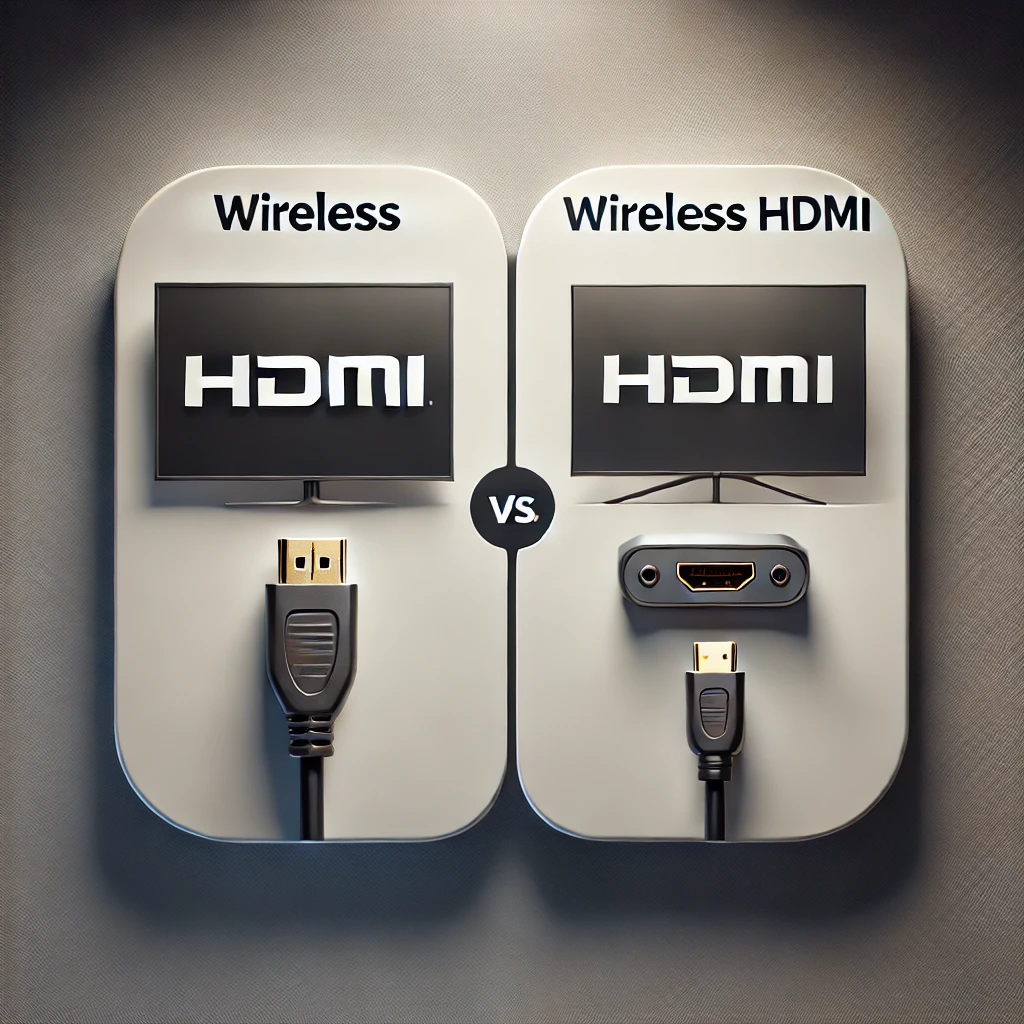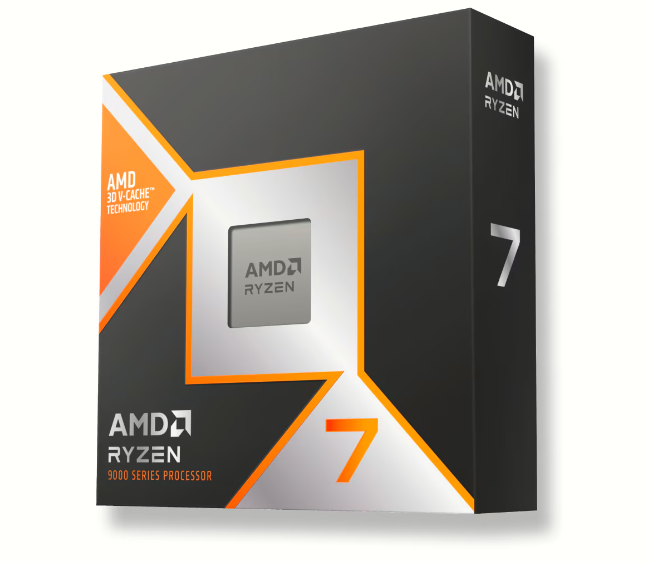In the ever-evolving world of technology, the debate between wireless HDMI vs. HDMI continues to be a hot topic among enthusiasts.
Wireless HDMI is a cutting-edge technology that offers a convenient way to transmit high-definition video and audio signals without connecting cables. As the name suggests, it functions similarly to traditional HDMI but is completely wireless.
Wireless HDMI isn’t common in the industry and it will be a few years before it enters the mainstream market. However, for people looking to design a minimalistic room without a clutter of cables, wireless HDMI is the way to go.
In today’s round-up, we’ll explore how wireless HDMI works, how it differs from standard HDMI, and the key features that make it a standout choice for modern setups.
What is Wireless HDMI?
Wireless HDMI technology allows for the wireless transmission of high-definition video and audio signals between a display device and a source. With this tech, you can connect your TV to your console without any wires.
The technology typically involves a transmitter and a receiver. The transmitter is connected to the source device, while the receiver is attached to the display device. Once paired, the transmitter sends the video and audio signals wirelessly to the receiver, which then outputs them to the display.
This technology is quite fast and supports real-time action to ensure that you’re never missing out on anything.
Also Read: Best Butterfly Click Mouse: Top Picks for High-Speed Gaming
How Does Wireless HDMI Work?
Wireless HDMI operates by using radio frequency (RF) signals to transmit data. It often relies on frequencies such as 5 GHz or 60 GHz bands, which are capable of handling the large amounts of data required for high-definition video and audio.
The transmission range of wireless HDMI systems can vary. Some models offer a range of up to 100 feet, while others are more limited, especially in environments with obstacles like walls.
Wireless HDMI vs. Standard HDMI: Key Differences
Cable-Free Convenience: The most obvious difference between wireless HDMI and standard HDMI is the lack of cables. Wireless HDMI eliminates the need for long HDMI cables, reducing clutter and making it easier to set up devices across the room or even in different rooms.
Range: While traditional HDMI cables are limited by their physical length (typically up to 50 feet for standard HDMI cables without signal boosters), wireless HDMI can offer greater flexibility in terms of distance. However, the actual range depends on the specific product and environmental factors.
Installation and Setup: Wireless HDMI offers a more straightforward installation process, especially in complex setups. With no cables to run through walls or ceilings, setting up a wireless HDMI system can be much quicker and less invasive.
Signal Quality: Standard HDMI cables provide a consistent, high-quality signal with no interference. Wireless HDMI systems, on the other hand, may experience signal degradation due to obstacles, interference from other wireless devices, or range limitations. That said, high-quality wireless HDMI systems are designed to minimize these issues.
Cost: Wireless HDMI systems tend to be more expensive than standard HDMI cables, particularly for high-quality models with extended range and minimal latency. The added convenience and flexibility, however, can justify the higher price for many users.
Conclusion
Wireless HDMI technology represents a significant leap forward in home entertainment and professional setups, offering the convenience of cable-free connections without sacrificing video and audio quality. Whether you’re looking to reduce clutter, set up devices in different rooms, or simplify your installation process, wireless HDMI provides a flexible and effective solution.
We’re hopeful that our Wireless HDMI vs. HDMI guide will help you understand the basic differences between the two technologies.




